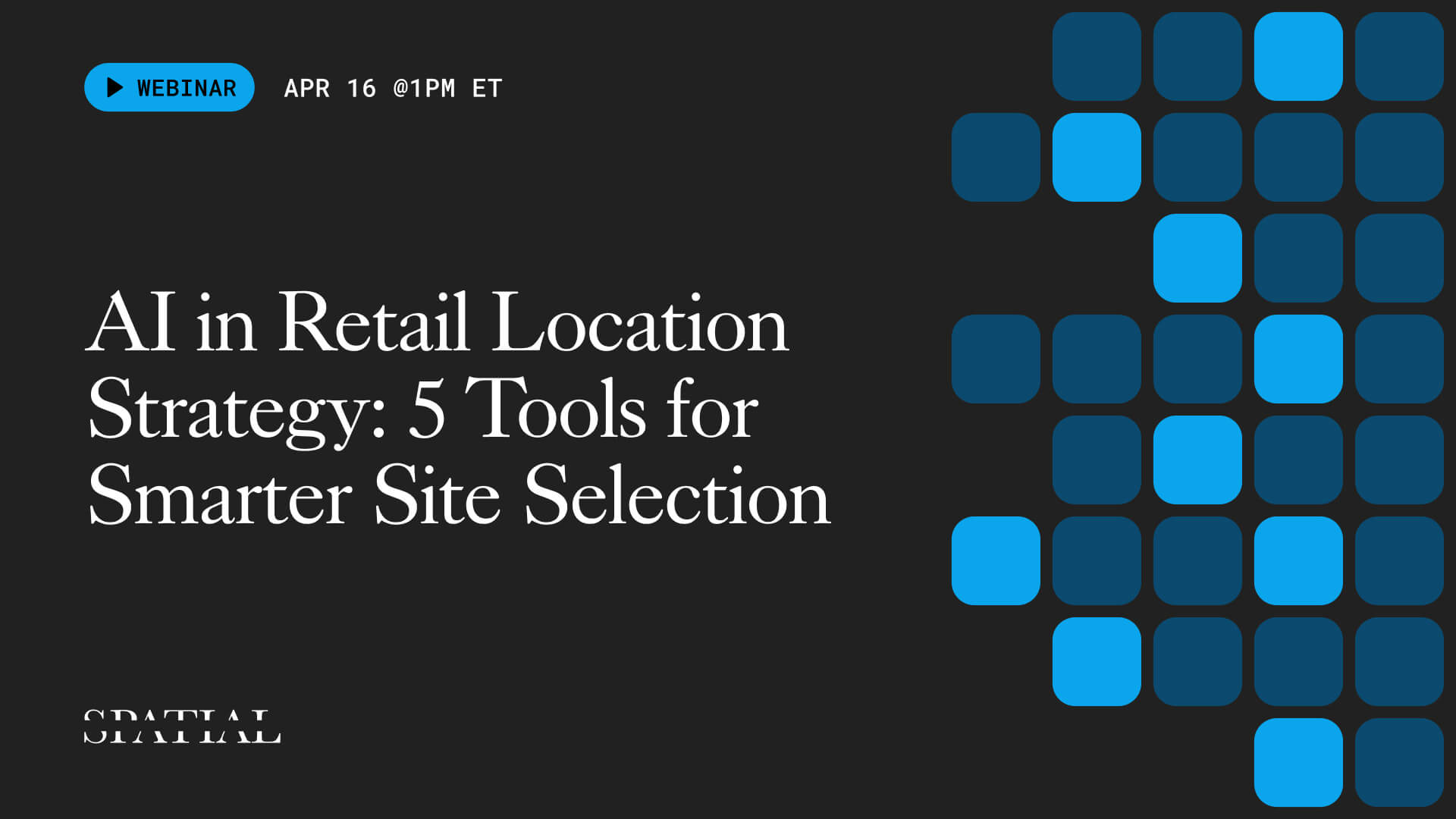How To Enhance Geospatial Analysis With Pre-Processed Data
Geospatial data has become a powerful tool for data scientists and analysts in the retail industry, providing critical insights into customer behaviors, preferences, and movements. But working with this data can be challenging. Simply getting it into a usable format often requires hours of data munging and cleaning.
Why Geospatial Data Is Hard To Use
The geospatial industry is complex and ever evolving, which, in turn, makes the data itself often difficult to process and analyze. Some of the primary reasons for this include:
- Complexity of Data Sales: One of the primary challenges stems from the intricate ecosystem of data suppliers and aggregators. Navigating this landscape often results in convoluted and messy datasets, making it difficult to extract meaningful insights.
- Misconfiguration Issues: Additionally, misconfigurations are common. Issues such as SDK misconfiguration, missing fields, improper mobile phone movement, and rounded fields can wreak havoc on data integrity. These errors not only skew your analyses but also erode the trustworthiness of your data.
- Restrictions from Apple and Google: To compound these issues, tech giants like Apple and Google continue to impose restrictions on the downstream sale of GPS data. These limitations further complicate data acquisition and processing, leading to inconsistencies and elevated processing costs.
- Ethical and Privacy Considerations: And lastly, we are currently in an era of heightened sensitivity to data privacy. Regulations are becoming more stringent, making it essential to collaborate with companies that prioritize privacy and have transparent data protection policies.
After datasets have been cleaned and processed, there is the additional challenge of joining multiple clean datasets together. Even the cleanest datasets require work and geospatial expertise to join together correctly.
One way to overcome these complexities is with pre-processed data.
Enhance Your Analysis With Pre-Processed Data
Instead of wrestling with inconsistent and unreliable geospatial data yourself, consider leveraging pre-processed datasets. Pre-processed data is cleaned, standardized, and ready for immediate use, allowing you to bypass the time-consuming steps of data preparation and focus directly on analysis.
This is especially helpful when you’re looking to incorporate additional data sources into your analysis. For example, you may want to combine mobile visitation data with psychographics and demographics to produce a more accurate picture of your customers. This no longer needs to be a daunting task. A pre-processed dataset that ties psychographics to locations allows you to simply “plug-and-play” without extensive data preparation.
Pre-processed data also ensures consistency and accuracy, reducing the risk of errors and discrepancies. This leads to more reliable insights and better decision-making capabilities, empowering your retail strategies with robust and actionable data.
Fuel Your Data-Driven Strategy
When you leverage these off-the-shelf datasets, you streamline the analytics process and ensure accurate insights. And ultimately, these insights are what guide strategic decisions that impact the bottom line.
Ready to learn more about how pre-processed data can enhance your analysis? Join us for a live webinar where we will explore this topic in greater detail. Learn from industry experts, see real-world examples, and get your data questions answered.

What you should do now
Whenever you're ready, here are 3 ways Spatial.ai can help:
- See PersonaLive In Action. If you'd like to segment and target your best customers using real-time behavioral data, schedule a free 30-min demo to get started.
- Subscribe To Consumer Code. If you've found this helpful, check out our newsletter and podcast where we share more consumer research and insights for retail marketers.
- Share This Post. If you know another marketer who’d enjoy reading this post, share it with them on Linkedin, X, or Facebook.
Get retail marketing tips
We email every monday with smart growth strategy ideas. Almost no promotion. Just value.

.avif)
%20(1).jpg)








